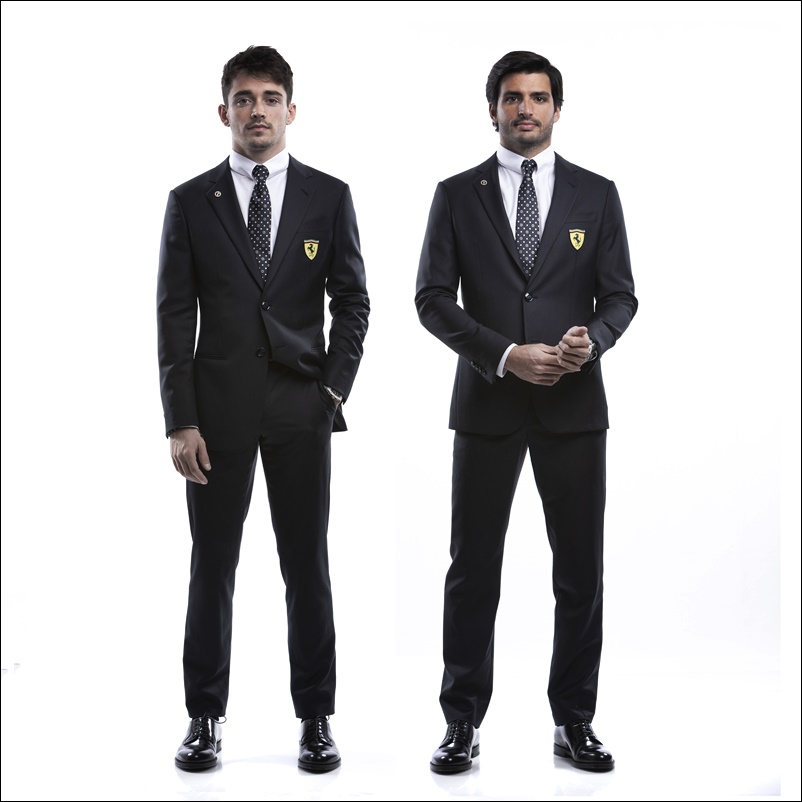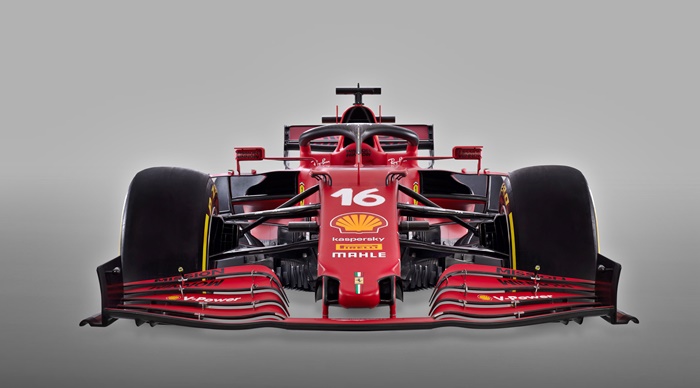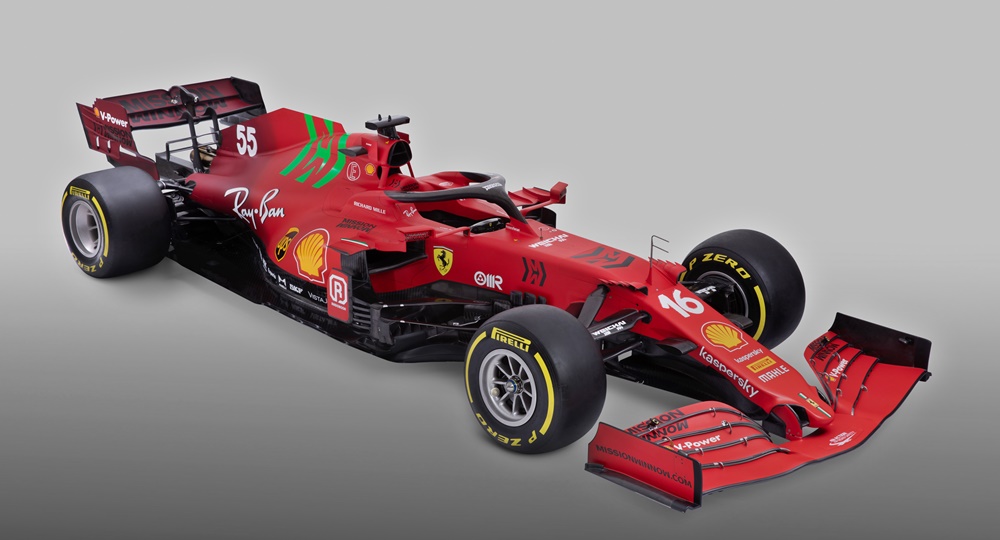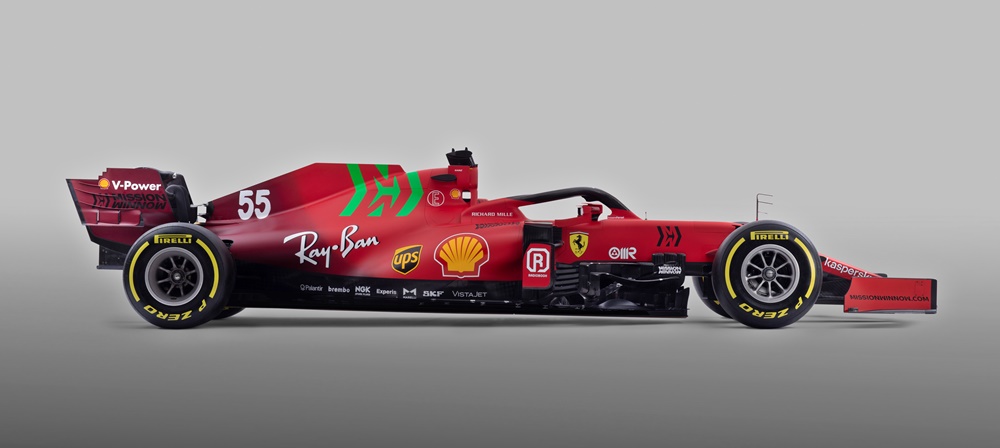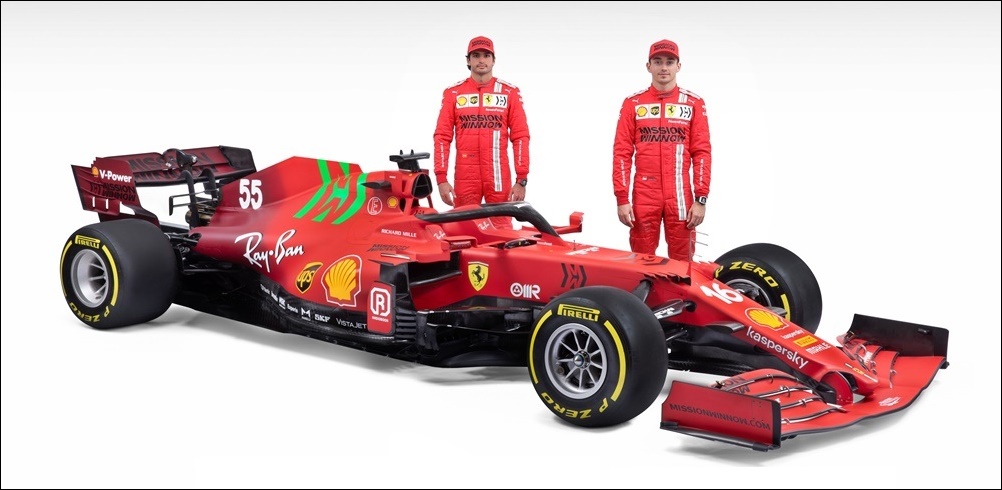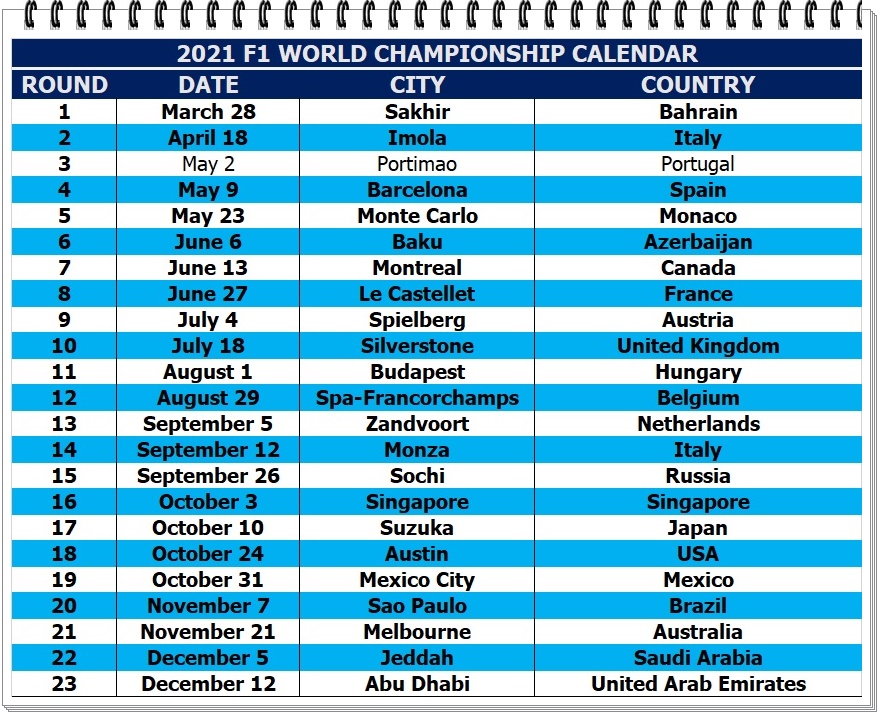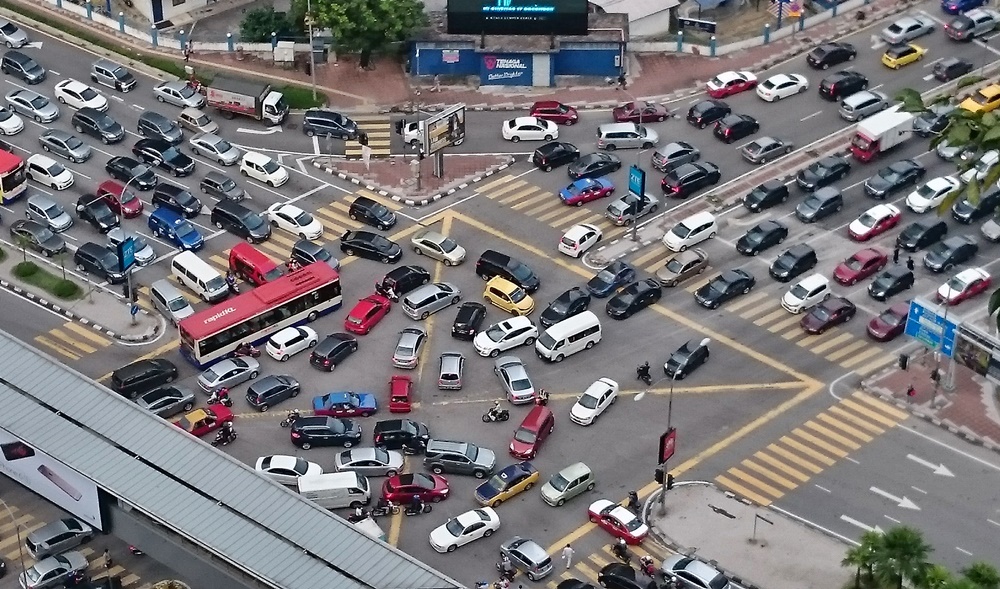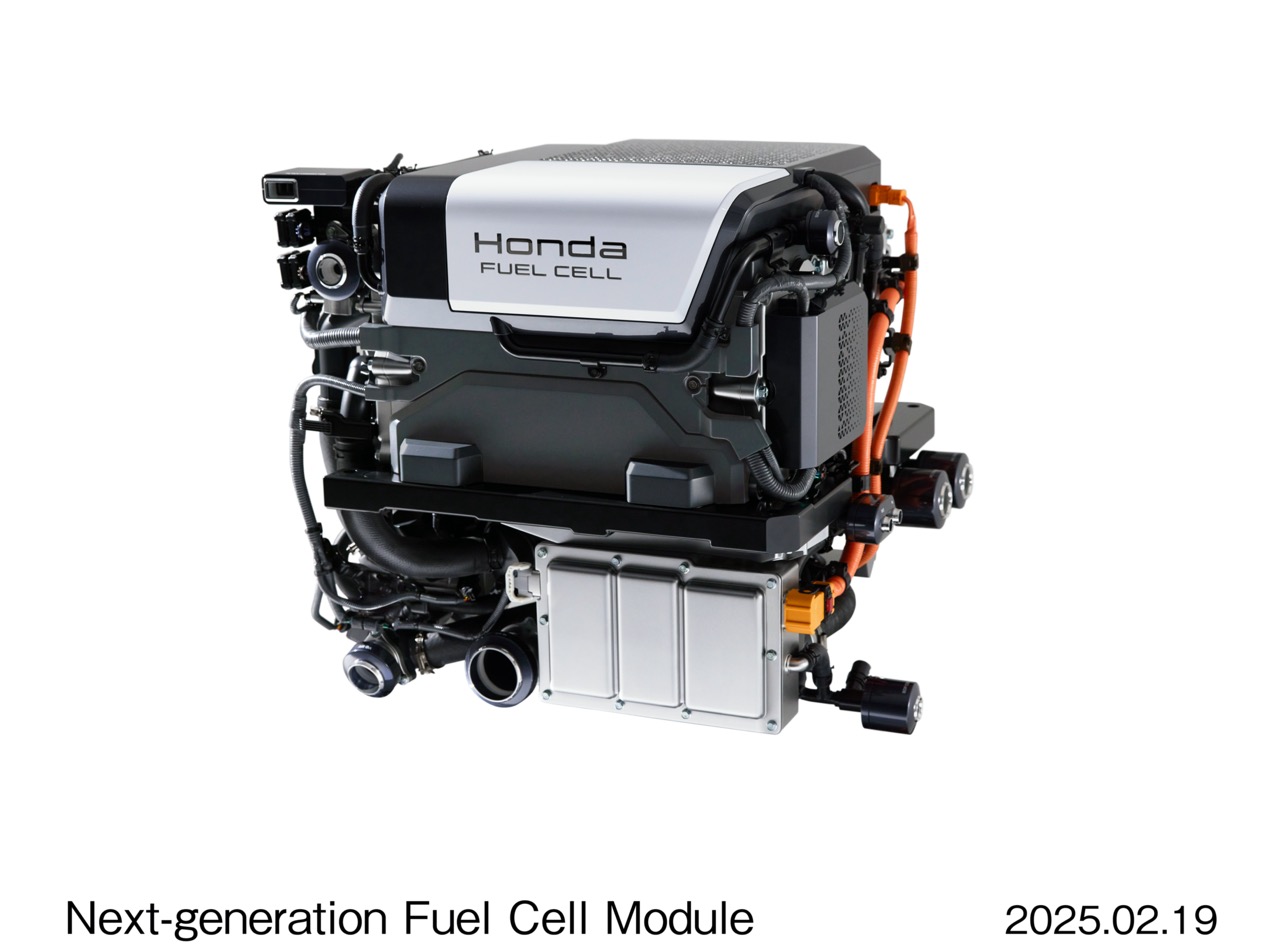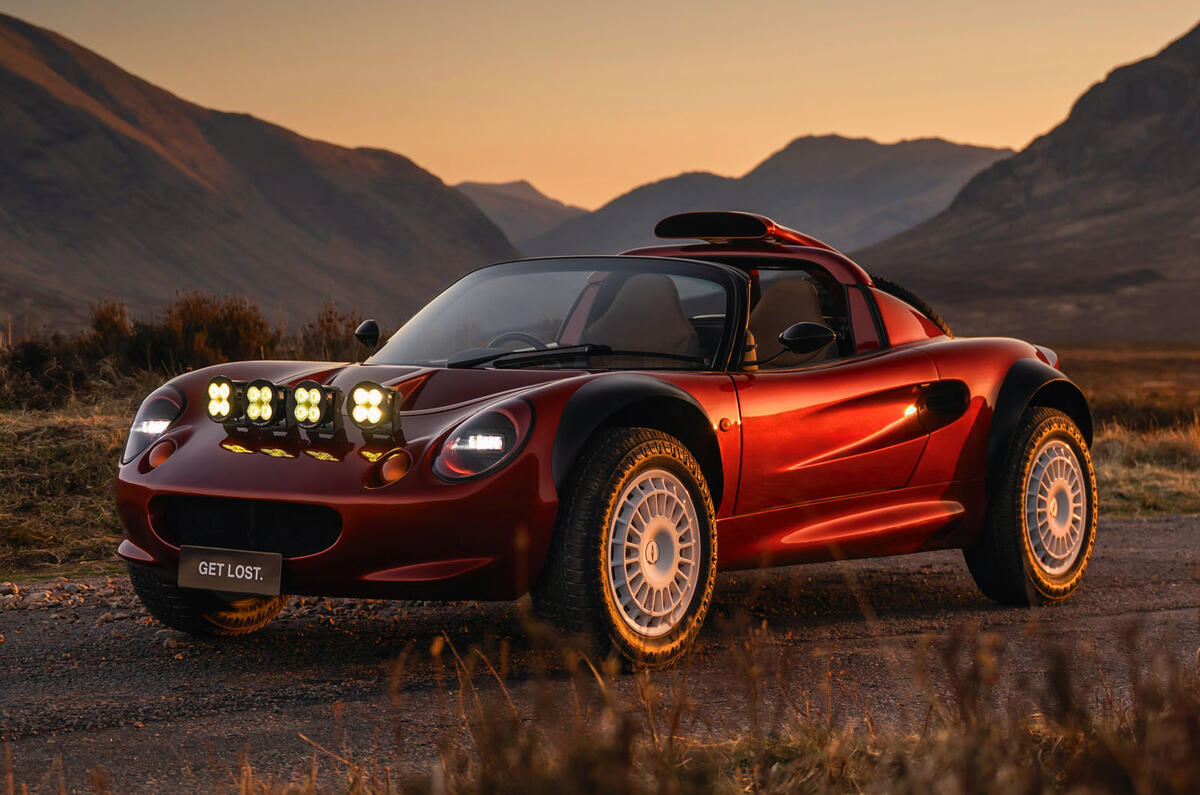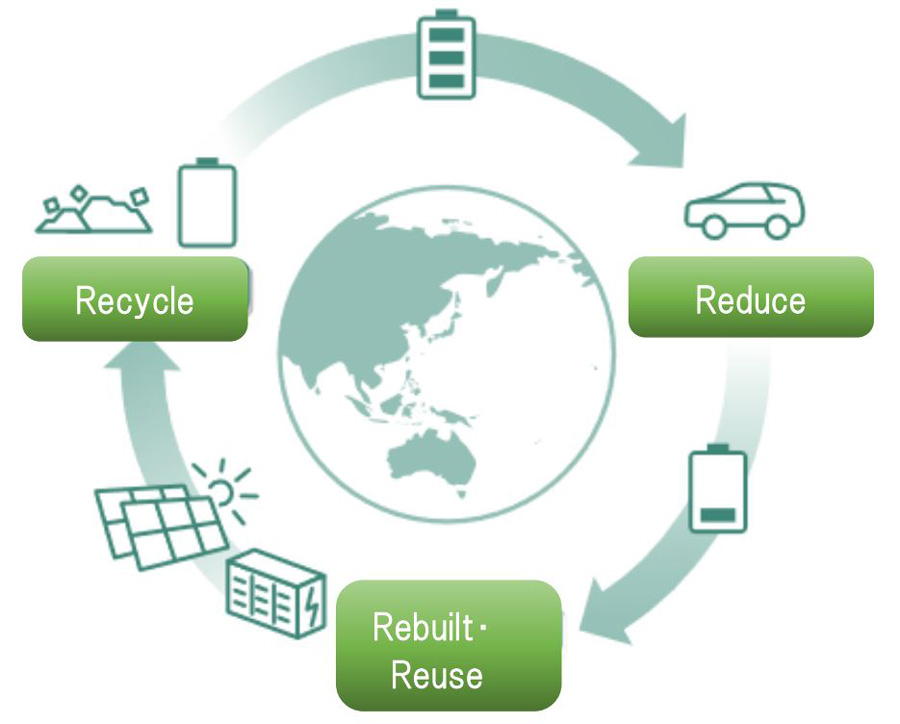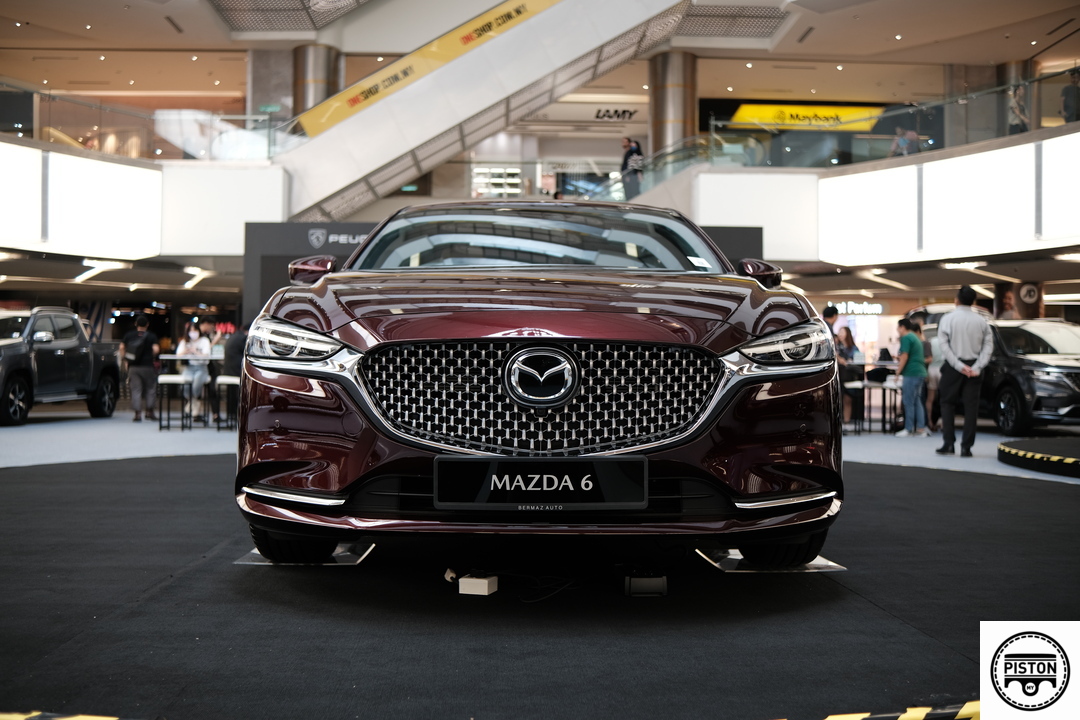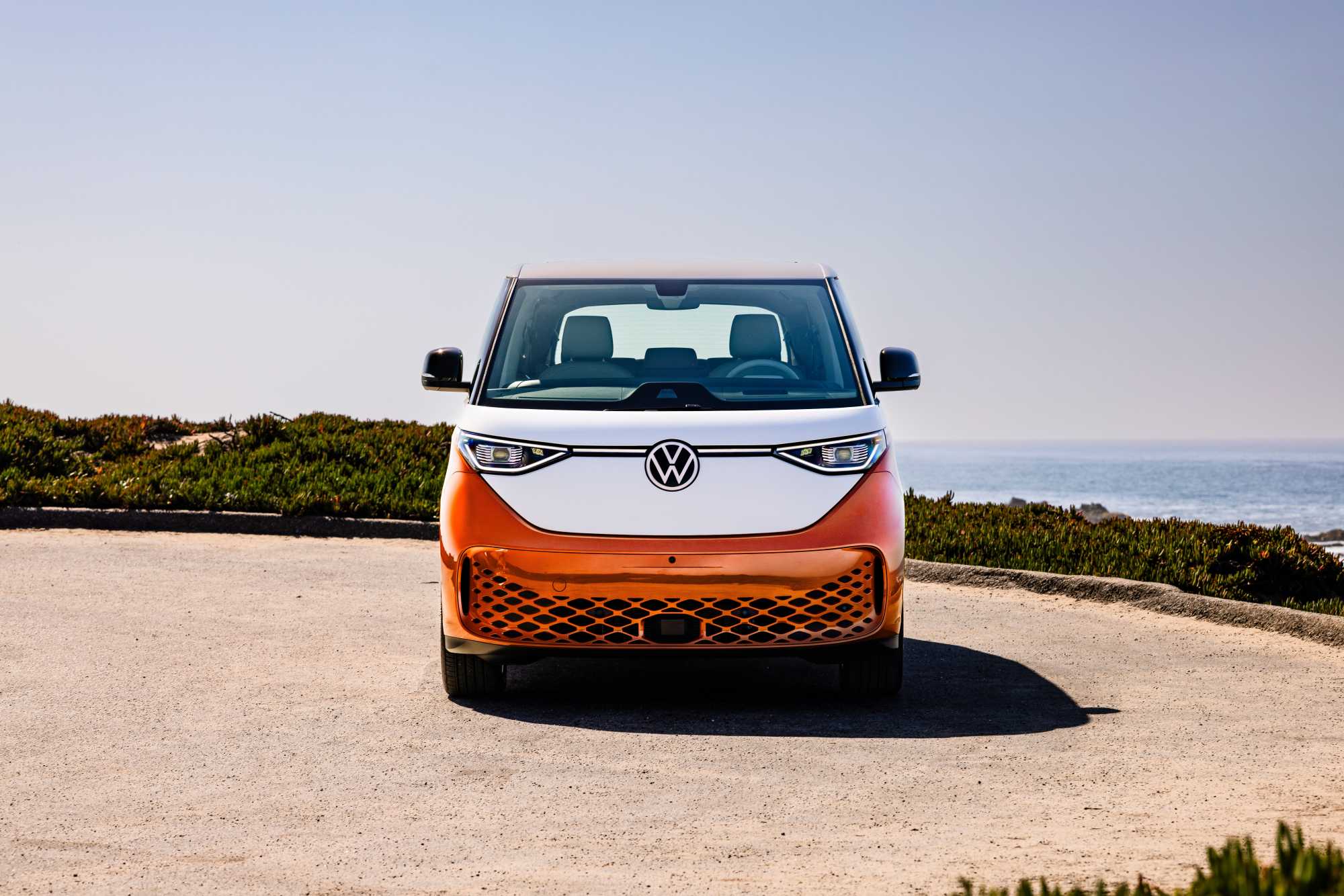Scuderia Ferrari Mission Winnow’s SF21 racing car for this season of the Formula 1 World Championship has been revealed. It is the 67th to be built in Maranello to compete in the championship. An evolution of last year’s SF1000, as dictated by the regulations which require the use of the same chassis as in 2020, opportunities for change in many areas have been limited.
Some of the permitted areas where change has been made include the engine, which is completely new, and aerodynamic features as well as at the rear end, which is where the two development tokens allowed in the regulations have been used.
The new car features a subtle livery that is said to ‘look to the challenges of the future without forgetting the team’s roots and history’. “The rear end is reminiscent of the burgundy red of the very first Ferrari, the 125 S,” explained Team Principal Mattia Binotto. “But as it moves gradually towards the cockpit area, it transforms into the modern red that we have used in most recent years. This season presents us with many challenges and through this livery, visually, we reboot from our past and head into the future.”
Joint effort by all departments
Development of the new 065/6 power unit for the 2021 season saw a systematic approach adopted by all departments, which worked together to find every opportunity for improvement. “Along with our colleagues on the chassis side, we worked a lot on the layout of the power unit, to make the overall design of the car as efficient as possible. With the internal combustion engine, we focused on increasing its level of thermal efficiency, in conjunction with our partner Shell and this has produced an improvement in lap time that we estimate at over one tenth of a second,” said Enrico Gualtieri Head of the Power Unit department.
“We are also carrying out further development on the hybrid system and the electronics, in order to revise and optimise all components. All this in a season in which power unit test bench time has been reduced still further,” he added.
Head of the Chassis department, Enrico Cardile, said that when the SF21 project began, their first task was really to identify which area of the car to focus on in order to achieve a radical change. “We opted for the rear end, designing a new gearbox and new suspension system. This, in addition to the efforts of our power unit colleagues has led to a much tighter rear end,” he explained.

Pursuit of better aerodynamics
The engineers also looked at the cooling system, increasing the effectiveness of the central radiator and designed the body with more ‘downwashing’. Aerodynamics was one of the areas affected by the regulation changes aimed at reducing the ability to generate vertical load, in order not to put too great a strain on the tyres. “That’s why, as we began developing the car’s aerodynamics, we set ourselves two goals: recovering more aerodynamic downforce than was lost through the regulations and reducing drag,” Cardile revealed.
“Because of the regulations, less drastic changes were possible at the front end of the car. So, we developed a new front wing which works in conjunction with a new concept nose, but the chassis itself and the suspension is off last year’s SF1000,” he added.
The team will have its youngest driver line-up since 1968 with Charles Leclerc (below right) and Carlos Sainz, Jr. When the first race of the season takes place on March 28 in Bahrain, the pair’s average age will be 25 years and 3 days.
The drivers
Commenting on the drivers, Laurent Mekies, Racing Director, said: “There’s plenty of positive energy coming from our two drivers. Carlos has spent a lot of time in the factory and has integrated with the team very quickly. As for Charles, he is already perfectly at home with the team: he knows what he wants and is also very aware of the role he has in the team, both in and out of the car. Over the winter, we have witnessed the two guys getting on very well together and this can only be a good thing for the whole team.”
